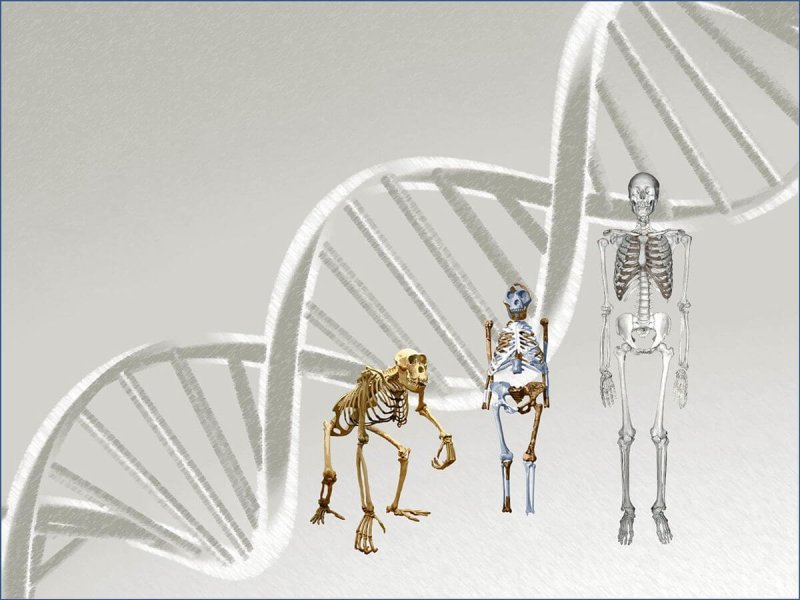In recent years, a field that has traditionally relied on fossil discoveries has acquired helpful new tools: genomics and ancient DNA techniques. Armed with this combination of approaches, researchers have begun to excavate our species’ early evolution, hinting at a far more complex past than was previously appreciated—one rich in diversity, migration, and possibly even interbreeding with other hominin species in Africa.
“To piece together that story, we need information from multiple different fields of study,” remarks Eleanor Scerri, an archaeologist at the Max Planck Institute for the Science of Human History in Jena, Germany. “No single one is really going to have all the answers—not genetics, not archaeology, not the fossils, because all of these areas have challenges and limitations.”
…
[I]t was the advent of genetic research that showed unequivocally that populations outside of Africa descended from a single population in Africa. But the story had a twist: in two groundbreaking studies published in 2014, researchers compared ancient DNA extracted from Neanderthal bones and compared it with modern-day people, and found that 2 percent of the average European genome is Neanderthal in origin. Our species originated in Africa, but interbred with hominins outside of it.These findings, and many since, have highlighted the power of genetics in resolving questions about human ancestry that fossils alone cannot.































